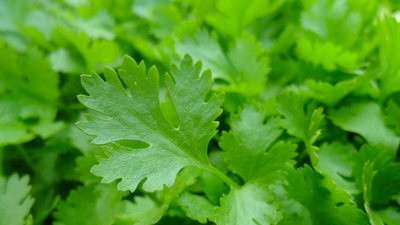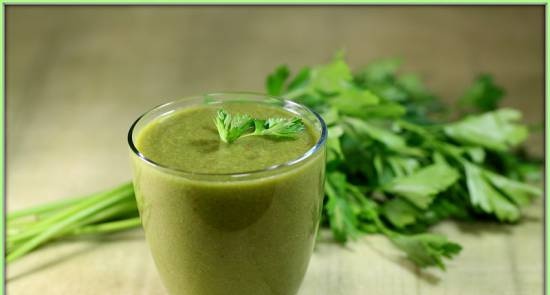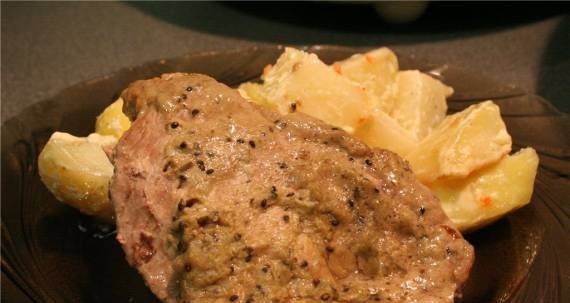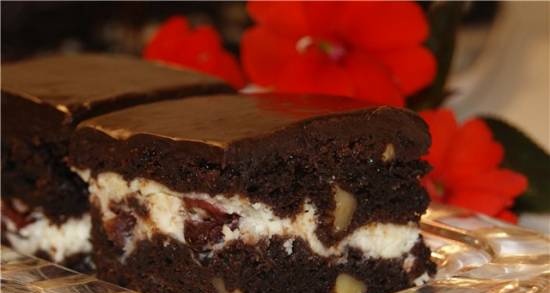|
 "Nothing is lost with parsley!" - this is how the famous vegetable grower M. Oshanin said. Even the smallest spine goes into action. Dried, ground for the future use for the winter. Medium-sized roots are used immediately. "Nothing is lost with parsley!" - this is how the famous vegetable grower M. Oshanin said. Even the smallest spine goes into action. Dried, ground for the future use for the winter. Medium-sized roots are used immediately.
Large ones are left for seeds. Now they would say: "Without any waste grass!" But it was not easy to grow waste-free grass. At least not as easy as carrots. Even such an expert in gardening as Professor N. Kichunov found it difficult. The professor wrote a lot of books. And about carrots. And about cherries. And about all the other grace. But when it came to talking about parsley, he gave up and went for advice to ordinary gardeners.
Those in the shower laughed at the celebrity, but willingly shared their experiences.
- Seeds need to be wetted before sowing, - said the gardeners, - that's all the wisdom.
- How to wet? - asked the professor.
- Very simple. Change the water every day - and so for ten days in a row. Better yet, rinse them in running water.
Hearing about such advice, another expert, Professor M. Rytov, was horrified.
- Yes, nothing useful will remain in them! The water will take everything away! Even if you wet the seeds, then in the sand, sprinkling it from a watering can!
 In general, there were many disputes. And among the professors, and between gardeners. Some craftsmen brought an amazing product to the market, the size of a good radish. Others did not grow anything. And as always in such cases, there were dodgers who passed off various other umbrella herbs for parsley. And above all ethozu - dog parsley. This plant, however, differed from our kitchen grass in white flowers (in that one, they are greenish-yellow), but after all, flowers do not go into the trade, so it was impossible to distinguish a fraud on this basis. In general, there were many disputes. And among the professors, and between gardeners. Some craftsmen brought an amazing product to the market, the size of a good radish. Others did not grow anything. And as always in such cases, there were dodgers who passed off various other umbrella herbs for parsley. And above all ethozu - dog parsley. This plant, however, differed from our kitchen grass in white flowers (in that one, they are greenish-yellow), but after all, flowers do not go into the trade, so it was impossible to distinguish a fraud on this basis.
The result of the forgery was dangerous and sad for the buyer. When dogs ate parsley at home with dinner, vomiting, swelling of the abdomen, even loss of consciousness began.
Meanwhile, distinguishing real parsley from its counterpart is not difficult at all and requires only the simplest knowledge of botany. It is worth rubbing a piece of leaf between your fingers. Instead of the usual spicy smell, a suspicious scent resembling spoiled garlic will hit your nose.
The inexperienced buyer began to treat his favorite seasoning with caution, and many completely abandoned it, deleting it from the list of kitchen dishes. However, it turned out that our fragrant herb is not only pleasant, but also useful and repairs our most important organ - the liver! Immediately, the demand for parsley began to rise again. Accordingly, dog parsley was used - and the poisoning began again.
“Dog parsley, in general, was wrongly accused! - said Professor A. Kharuzin. - It's not so poisonous. The trouble is that instead of kitchen herb, hemlock is sometimes offered on the market. Its greenery also resembles parsley (also from the umbrella). Hemlock is deadly poisonous. "
Again, gullible buyers can be chided. You have to be elementary literate in life. The unpleasant smell of hemlock immediately gives away this herb.
Many years have passed since those events. No one dares to bring dog grass or hemlock to the market, but even now many people confuse parsley with celery, or with sown coriander - cilantro. These latter are not poisonous, but edible and very useful. You can also distinguish them by their smell, especially cilantro.
But in general, past fears are forgotten. Our green treasure has long been at the forefront of green vegetables. And even more valuable is that it is doing well in the Far North, beyond the Arctic Circle. And it can be bred right in the tundra.
A. Smirnov. Tops and roots
|
 "Nothing is lost with parsley!" - this is how the famous vegetable grower M. Oshanin said. Even the smallest spine goes into action. Dried, ground for the future use for the winter. Medium-sized roots are used immediately.
"Nothing is lost with parsley!" - this is how the famous vegetable grower M. Oshanin said. Even the smallest spine goes into action. Dried, ground for the future use for the winter. Medium-sized roots are used immediately. In general, there were many disputes. And among the professors, and between gardeners. Some craftsmen brought an amazing product to the market, the size of a good radish. Others did not grow anything. And as always in such cases, there were dodgers who passed off various other umbrella herbs for parsley. And above all ethozu - dog parsley. This plant, however, differed from our kitchen grass in white flowers (in that one, they are greenish-yellow), but after all, flowers do not go into the trade, so it was impossible to distinguish a fraud on this basis.
In general, there were many disputes. And among the professors, and between gardeners. Some craftsmen brought an amazing product to the market, the size of a good radish. Others did not grow anything. And as always in such cases, there were dodgers who passed off various other umbrella herbs for parsley. And above all ethozu - dog parsley. This plant, however, differed from our kitchen grass in white flowers (in that one, they are greenish-yellow), but after all, flowers do not go into the trade, so it was impossible to distinguish a fraud on this basis.







